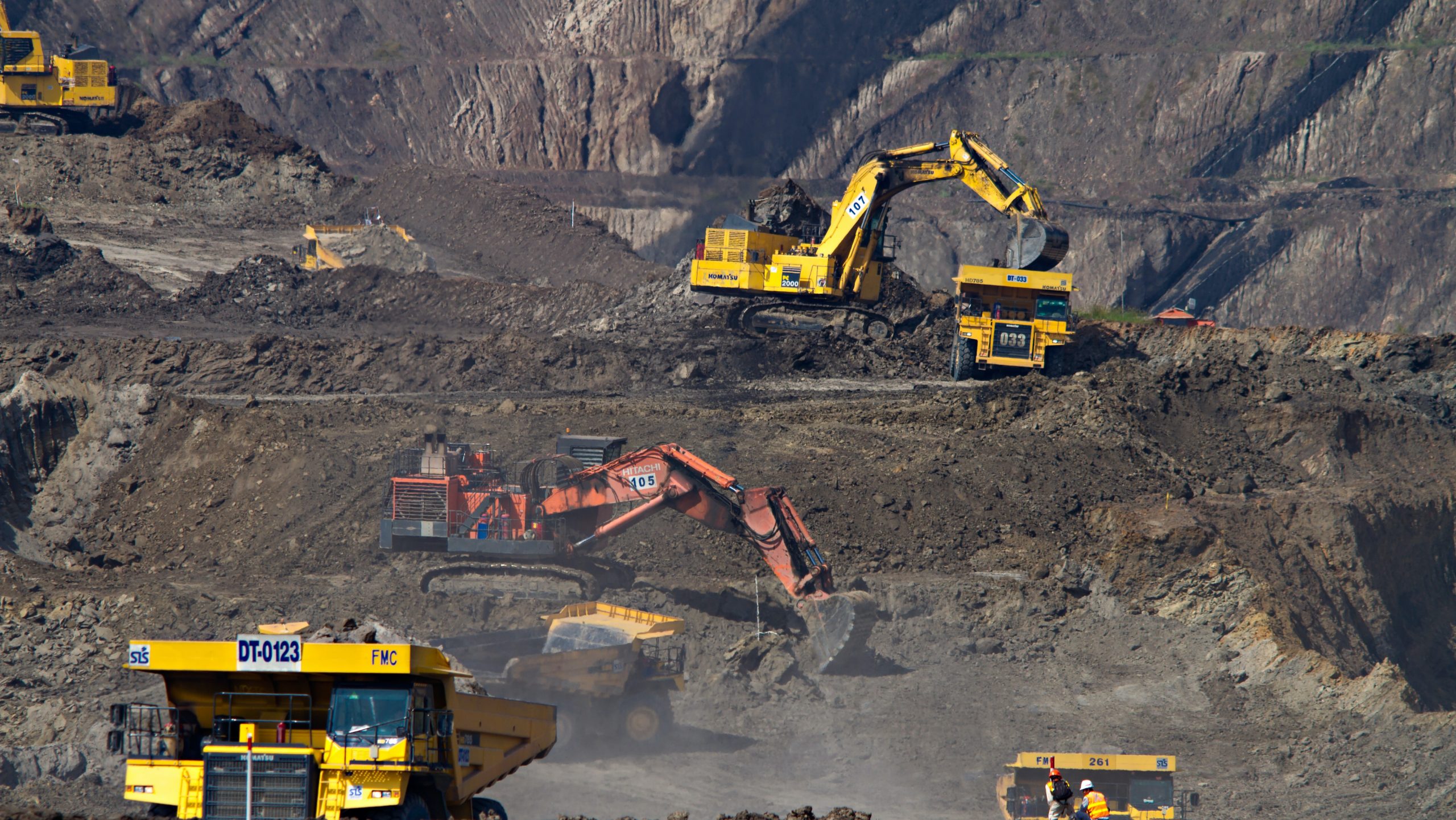Main Industries and Occupations at Risk
- Mining, quarrying and tunnelling of siliceous rocks (e.g. granite, sandstone, slate, mica, silica containing coal or metal ores);
- Abrasive blasting using siliceous grains (e.g., sandstone, sand, quartzite and flint);
- Stone cutting, dressing, polishing, cleaning and monumental masonry (including tombstone engraving) using granite and sandstone;
- Construction (e.g., jack hammering, drilling of silica or silicon dioxide-containing material like sand, sandstone, quartz and granite);
- Maintenance and repair of refractories (furnace linings);
- Manufacture of ceramics (chinaware, porcelain, earthenware) and refractories;
- Foundries (mould breaking and fettling);
- Rubber milling (using calcium carbonate containing silica);
- Enamelling using quartz, feldspar, metal oxides and carbonates;
- Manufacture of abrasive soaps.
Health Effects
Acute Silicosis
- Rare;
- Due to inhalation of high concentrations of very fi ne free silica dust particles (e.g., manufacture of abrasive soaps, tunnelling and sandblasting);
- May develop within a few months with severe dyspnoea, cough, mucoid sputum, fever, weight loss and cyanosis;
- Fatal within a year.
Chronic Silicosis
- Most of the cases are asymptomatic, presenting after 10 – 20 yrs;
- Some may have dyspnoea, cough and wheezing;
- Silicotics may develop progressive massive fibrosis.
Cancer
- Crystalline silica dust is an IARC Group 1 carcinogen
- Cancer of lung;
- Higher risk of lung cancer especially in smokers.
Note:
- Silicotics are more prone to developing pulmonary tuberculosis.
- There is also an association with scleroderma and chronic renal disease.
Medical Examinations
Indications:
- Any work where workers are exposed to airborne free silica
Types of Tests and Frequency of Examinations:
- Pre-placement medical examination: within 3 months of exposure
- Clinical examination shall include a detailed medical and work history with emphasis on:
- i. past, present and anticipated future exposure to silica;
- ii. respiratory system.
- Test:
- i. Full size chest x-ray examination.
- Unfit for exposure to silica:
- i. Workers with history of pulmonary tuberculosis;
- ii. Workers who are unable to wear respirators.
- Periodic medical examinations: every 36 months
- i. Clinical examination shall include a detailed medical and work history with emphasis on the respiratory system;
- ii. Full size chest x-ray examination

